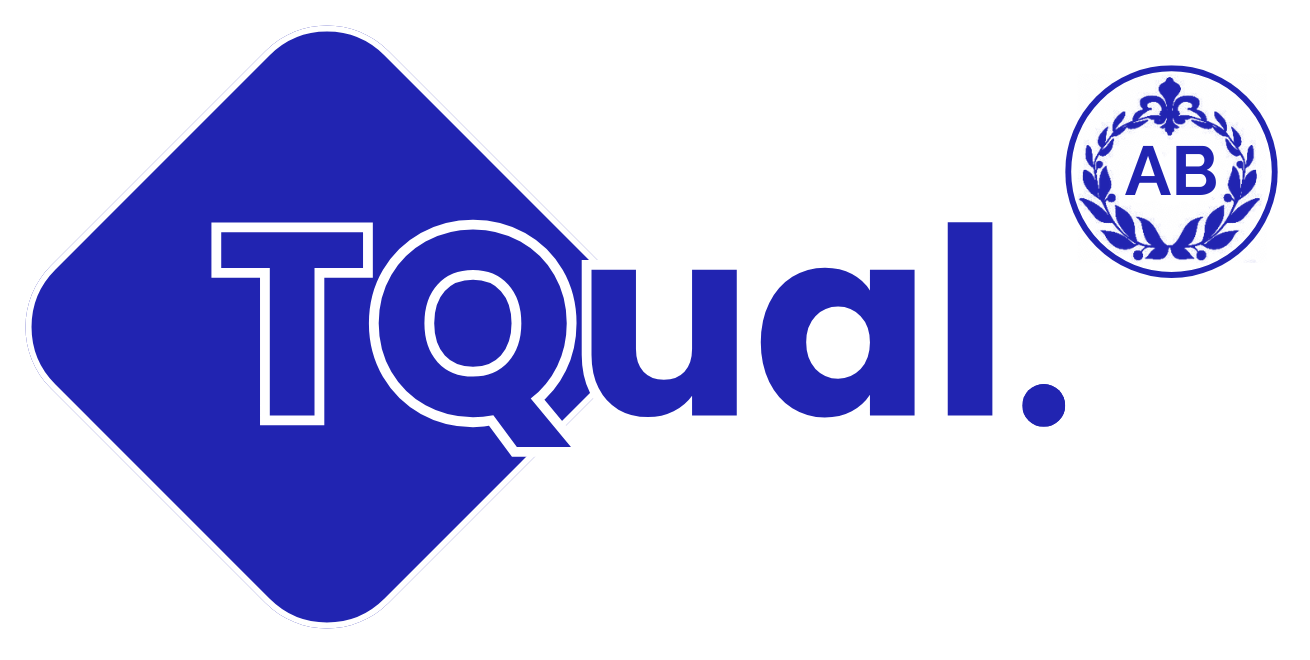Entry Requirements for a Graphic Design Course may vary depending on the institution or program. However, typical entry requirements for such a course generally include:
Educational Background: Participants are usually required to have a high school diploma or an equivalent qualification. Some institutions may also accept applicants with relevant prior education or experience in art, design, or a related field.
Portfolio Submission: Many graphic design programs require applicants to submit a portfolio showcasing their creative work. This portfolio may include drawings, paintings, digital artwork, or design projects. It helps institutions assess the applicant’s artistic skills, creativity, and potential for success in the field of graphic design.
Computer Literacy: Since graphic design heavily relies on digital tools and software, participants are expected to have basic computer literacy. This includes proficiency in using computers, navigating operating systems, and familiarity with common software applications.
Passion and Creativity: Applicants should demonstrate a strong passion for art and design, as well as a solid sense of creativity and visual aesthetics. While formal training or experience in art and design is advantageous, individuals with a natural talent for visual communication may also be considered.
These entry requirements are designed to ensure that participants are equipped with the foundational skills and enthusiasm needed to succeed in the graphic design field.

